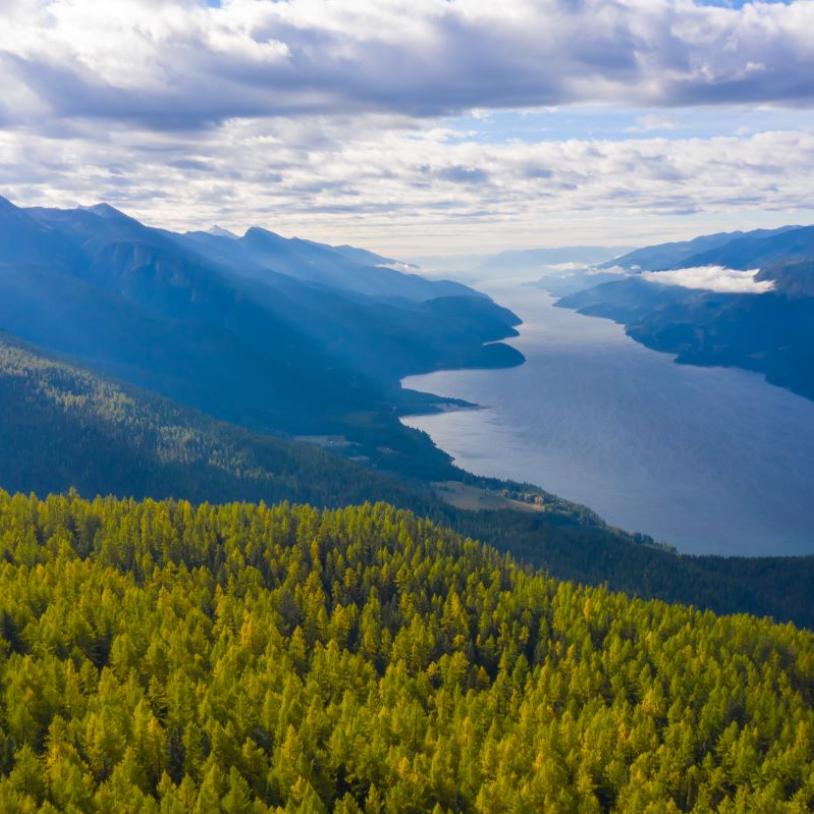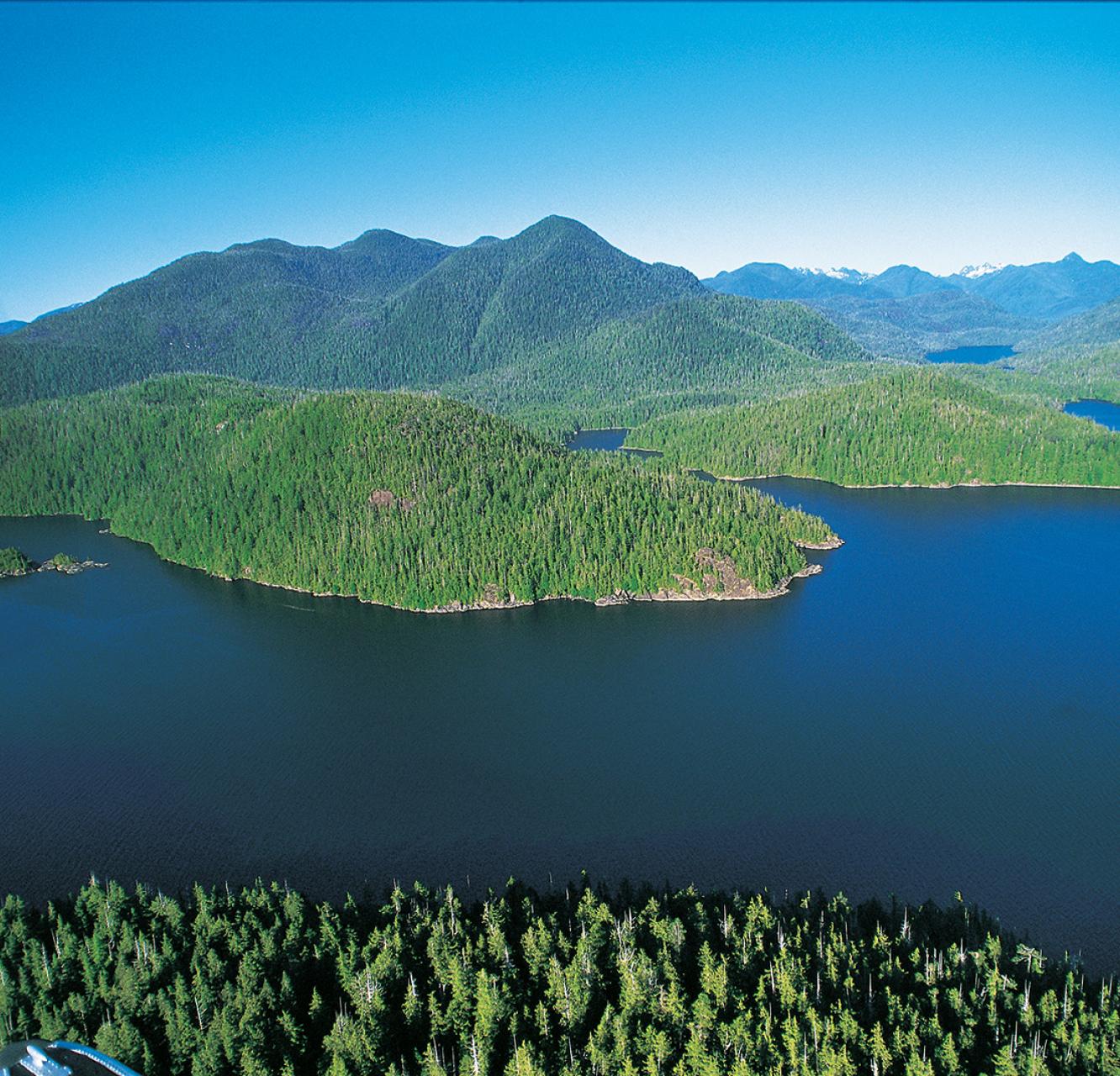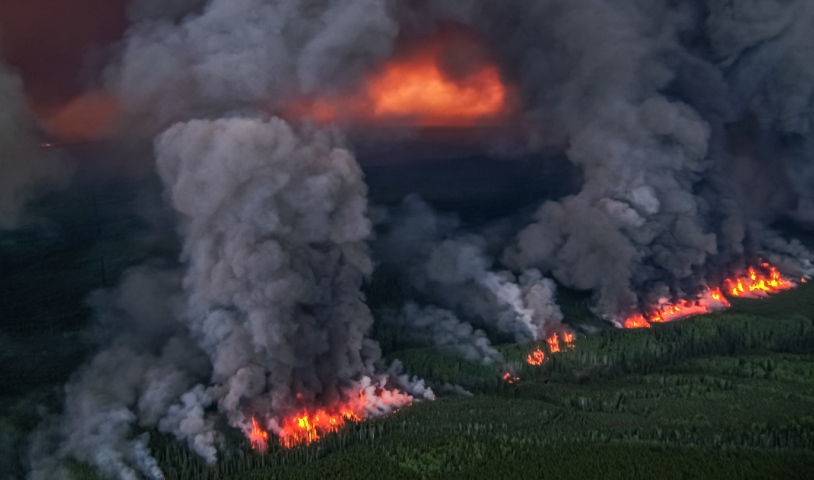Canadian company applies for permit for exploratory mining in headwaters of Skagit River
Thursday, March 21, 2019
A Canadian company has applied for an exploratory mining permit in the headwaters of the Skagit River, which flows from British Columbia and through northwest Washington state to Puget Sound.
The company, Imperial Metals, has applied to drill for mineral deposits for as many as five years, according to a document describing the project, released Wednesday. Imperial Metals would extend a recently cut logging road, set up trenches and build settling ponds for the exploratory drilling work in an area believed to have gold and copper.
The company is well known in Canada because of an environmental disaster at its Mount Polley mine, when a dam there failed and allowed billions of gallons of gold- and copper-mining waste to flood into local waterways.
The Skagit River is one of the premier salmon-producing rivers for Puget Sound, and its waters churn through hydropower dams to bring the city of Seattle much of its electricity. Its upper waters are home to endangered bull trout.
Much of the Skagit’s headwaters are protected by Canadian parks. But the proposed mining would take place inside a Manhattan-sized chunk of unprotected land within those parks known as the “donut hole.”
To the dismay of some conservationists, crews last summer began to clear-cut trees within the donut hole at the behest of the B.C. government. Seattle Mayor Jenny Durkan wrote B.C. Premier John Horgan with “grave concern” over the issue, arguing it could harm water quality and threaten fish in Washington waters downstream.
Mining, though, has been conservationists’ greatest fear, and this proposal could test a longstanding treaty between the U.S. and Canada over the Skagit River.
“The City of Seattle is very concerned about the proposed actions to allow mining in the Silverdaisy area in the Upper Skagit Watershed,” Durkan said in a statement Thursday. “As with potential logging, mining in this area would threaten the environment, undermine our investments in salmon and bull trout recovery, and harm the integrity of a watershed that is critical to millions of people in Seattle and our region.”
This controversy has been simmering for decades after the city of Seattle began construction of Ross Dam, on the Skagit River, in 1937. The dam, by 1949, had created a reservoir, Ross Lake, that stretched many miles and into Canada. For decades, the city contemplated building higher and sending more water flooding across the border. B.C. activists were not keen on that plan.
B.C. and Seattle came to an agreement in 1984. Seattle wouldn’t raise the dam and send more floodwaters into B.C. In exchange, the Canadians would provide Seattle inexpensive hydropower through 2065.
The agreement created the Skagit Environmental Endowment Commission (SEEC), with four members appointed by Seattle’s mayor and four by the B.C. premier. The agreement mandates that SEEC work to conserve the watershed, enhance recreation and acquire lingering mining and timber rights to protect the land.
A treaty, signed by U.S. and Canada, cemented the deal.
The SEEC commissioners have been in talks with Imperial Metals and the B.C. government for at least a decade, said Michelle Connor, a former SEEC co-chair for the U.S., who is president and CEO of Forterra, a Seattle-based land conservancy.
Four years ago, SEEC began negotiations with Imperial Metals to acquire mineral tenures, or claims.
“This whole negotiation is somewhat similar to the gestation of elephants,” said Shaun Hollingsworth, who was the Canadian co-chair of SEEC until last fall. “I don’t feel any closer.”
When SEEC learned the B.C. government had allowed logging in the donut hole last year, Hollingsworth called it a “slap in the face.”
Durkan, in her letter to B.C. Premier John Horgan, said it was against the spirit of the 1984 treaty.
Conservationists mostly worried that creating new roads for logging trucks would make mining more attractive.
Their fears might have been warranted. In its application, Imperial Metals indicated it only had to extend a trail from a newly cut logging road to get to proposed drill sites.
Metals, particularly copper, are toxic to salmon. Even low concentrations of dissolved copper in water can damage salmons’ sense of touch and smell, said Jen McIntyre, an assistant professor at Washington State University’s School of Environment. That can prevent them from finding food, evading predators or making their way to spawning ground.
The possibility of a mining spill worries some conservationists.
“We might as well sign the death warrant for the southern killer whales. The Upper Skagit is the crown jewel of the Salish Sea,” Connor said. “Now to put the whales and the salmon runs at risk — for what? A pickup truck of gold — it’s a huge mistake.”
The Upper Skagit Tribe also is concerned and reviewing its options.
“The river is our lifeblood. We rely on it to support us and our culture,” said Scott Schuyler, its natural resources director. “If we allow the river to go by the wayside, we’ll feel the impact now and into future generations.”
Until recently, Imperial Metals had been hobbling financially.
The company in January suspended operations at the Mount Polley mine “due to declining copper prices,” according to a news release, though environmental remediation there continued. In February, it extended several lines of credit that were coming due for payment.
Earlier this month, the company got a boost. An Australian company, Newcrest Mining, spent just under $807 million to purchase a 70 percent stake in Imperial Metals’ Red Chris mine, which is some 160 miles east of Juneau, Alaska.
In a brief interview Thursday, Imperial Metals CEO Brian Kynoch said the company needed to explore to see where its donut hole holdings fit into overall plans.
Exploratory drilling could provide leverage in negotiations with SEEC, or represent the beginning of the process to site a mine.
“We’re keen to know exactly what we have before we sell any of it,” Kynoch said in an interview last year. “If you find even more [minerals], we’re increasing the value.”
Kynoch also said any mining would require a permit and the company would “need to come up with a plan that’s not going to harm the salmon.”
Rick Rule, the CEO of Sprott U.S. Holdings, which invests in natural resources and has followed Imperial Metals and its prior companies for decades, said siting a mine would face long odds. (Rule said he did not have a financial stake in Imperial.)
He said Imperial, and other mining companies, frequently and broadly test.
“If you have a geologic concept that you can test cheaply, you do it,” Rule said.
The probability of uncovering something that would be valuable enough to mine, he said, is low.
“One in 3,000 pieces of terrain that would get a geologist excited ultimately became a mine,” Rule said. The permitting process, he said, would likely be “a chore because of the experience Imperial went through at Mount Polley.”
Representatives of the B.C. government surprised Seattle officials last week when they called to explain that a mining application had been filed.
After Durkan’s protest over logging last summer, the B.C. government put on hold the auction of logging rights within the donut hole.
In February, Durkan and Premier Horgan held a telephone conference about the issue.
“We had committed to common values and principles, and so our staffs are continuing to work together. I, of course, reiterated my concern about logging and other activity,” Durkan told The Seattle Times last month, in summarizing their conversation. “I think we’re pretty aligned on goals.”
City officials said Horgan had not mentioned that a mining application had been submitted. The date listed on the Imperial Metals application is Dec. 19, 2018.
The B.C. Ministry of Energy, Mines and Petroleum Resources declined to make anyone available for an interview.
The mining application will be open to comment for a month. During that time, First Nations, government agencies and community groups can object or remark upon the application.
Then, a technical review will be completed.
“Historically, these permits just fly,” said Calvin Sanborn, legal director at the University of Victoria’s Environmental Law Centre.
The 1984 treaty could provide some leverage to Seattle in opposing the mining project. The agreement outlines a dispute-resolution process that city officials and SEEC commissioners have been reviewing.
Durkan said in her statement the city would submit a response over the impact of mining and would evaluate the city’s options under the treaty.





